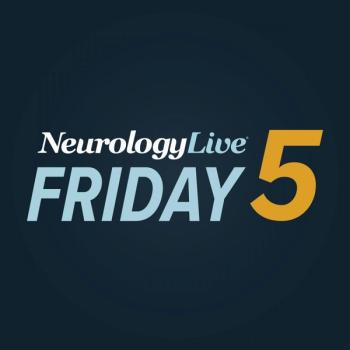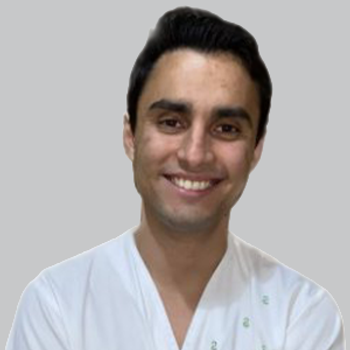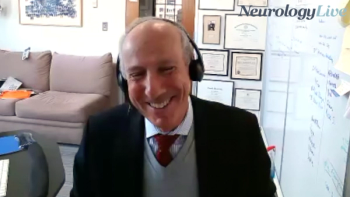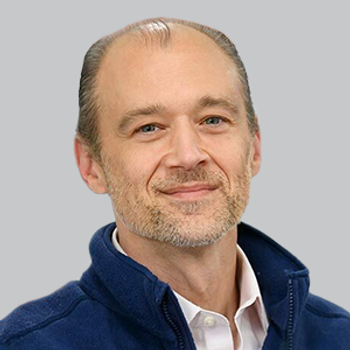
From Sickle Cell to Stroke Prevention: Robert J. Adams’ Leadership in Brain Health Equity

Robert J. Adams, MS, MD, reflects on his SEQUINS Hall of Fame recognition, his work on stroke prevention, and the importance of equity in brain health.
The
The SEQUINS Hall of Fame, established in 2025, honors individuals who have significantly contributed to advancing equity in neuroscience. Inductees, which will be celebrated at the upcoming
In honor of the 2025 SEQUINS Hall of Fame inductees, NeurologyLive® connected with the recipients to explore the impact of their work, the presentations they plan to deliver at the upcoming meeting, and their contributions to advancing brain health equity. Dr. Robert J. Adams, MS, MD, a neurologist at the Medical University of South Carolina, is among those being celebrated for his work in stroke prevention and improving access to care in underserved areas. His leadership has been instrumental in increasing stroke care access, particularly in rural South Carolina, where his efforts have transformed the landscape of emergency stroke care.
NeurologyLive: What does it mean to be named a 2025 SEQUINS Hall of Famer?
Robert J. Adams, MD, MS: It is a great honor, while at the same time it challenges me to reflect on my career and look thoughtfully ahead. To be in this position indicates that I have exerted some degree of leadership in at least some aspects of Brain Health and Equity ---and I will speak briefly about two such areas: 1) how young brains in children with sickle cell disease can be best protected and allowed to flourish and 2, how the mature brain, typically in peril later in life, can be spared the ravages of vascular disease, primarily ischemic stroke.
What inspired you to pursue a career in neurology, and how has your perspective on the field evolved over the years?
I ran into a personal crisis that led me to question my existing game plan, which was built around, well, money and becoming an executive in a Fortune 500. I took the ambition and drive from that plan and mapped it over to a space between altruism and self-interest.
What went into the topic you choose to present? Give some background on what you plan to present.
I chose to try to summarize the first decade of my research career, which in many ways combines so many thoughtful elements --- the crucial role of prevention, the absolutely essential nature of protecting these young lives, and the young brains that are needed for these individuals to prosper. The term “equity” is intriguing and sets a high goal for us to shoot for. I also chose to add information on a very pragmatic goal, overcoming the impact of a lack of access to essential care services for strokes. Targeting this simple inequity and addressing the fact that in states such as South Carolina, stroke patients are dispersed across the rural state, but the few stroke experts are highly clustered in a few metro areas. In less than 15 years, we were able to drastically change this reality by providing 60-minute access from 23 % to 100%.
Who have been your most significant mentors or influences in your career, and how did they shape your path in neurology?
I struggled with this question as there have been many mentors and colleagues who have shaped this path. There is one person, Dr. Steven Flanigan, who stands out. He was the Chief of Neurosurgery when I was trying to choose career paths, and Neurosurgery was high on my list. He was first and foremost very patient with me as I went over the future in endless cycles in my mind. He finally asked me the essential question:” Don’t tell me about all that you want to do, we all want to do everything.” He wisely added, “Instead, tell me what you are willing to give up.”For me, it was the operating room and being a surgeon. Giving that up was crucial and essential. Had I not given that up, I would never have been able to design and lead the STOP studies, nor make other contributions to care.
How have you seen brain health equity neuroscience change during your career, and what work remains to be done?
I cannot say that I have noted changes in brain health equity neuroscience, as it is a new concept in many ways. As to what needs to be done, I believe more groups need to work together toward common goals. That is what I will be looking forward to in the future.
Newsletter
Keep your finger on the pulse of neurology—subscribe to NeurologyLive for expert interviews, new data, and breakthrough treatment updates.



































